Wah Gwaan! Embark on an exciting linguistic journey to the vibrant island of Jamaica and discover the beauty of Jamaican Patois, or Patwah. More than just a dialect, Patois is a dynamic language that encapsulates the heart and soul of Jamaican culture. It’s a rich tapestry woven from African influences and English roots, spoken by millions worldwide who are captivated by its rhythm and expressiveness.
Dive Into Patois: What You Will Discover
Unearthing the Roots of Patois
Imagine a linguistic melting pot where diverse cultures and tongues converge. That’s essentially the origin story of Jamaican Patois. As people from various corners of the globe arrived in Jamaica, their languages intertwined, creating a unique and captivating way of speaking.
Jamaican Patois wasn’t simply a haphazard blend; it was forged in the crucible of shared experiences, reflecting the joys, struggles, and resilience of its people. It became the resonant voice of Jamaica, a powerful tool for expressing identity and fostering unity. When you listen to Patois today, you’re hearing echoes of history, the narratives of countless lives interwoven into a language as vibrant and spirited as the Jamaican people themselves.
Let’s Start Speak Jamaican Patwah
This comprehensive guide is meticulously crafted to provide you with the fundamental skills necessary to confidently speak and comprehend Jamaican Patois. We will methodically explore pronunciation nuances, grammatical structures, essential vocabulary, and much more. Our aim is to equip you with practical knowledge that allows for effective and authentic communication in Patwah.
By the culmination of this enriching exploration, you will be adept at engaging in basic conversations, understanding the subtle nuances of Patwah, and cultivating a profound appreciation for the multifaceted Jamaican culture. You’ll be ready to immerse yourself in the language and connect with native speakers on a deeper level.
So, are you ready to delve into the colorful and captivating world of Jamaican Patois? Yuh ready fi dis? (Are you ready for this?). Let’s begin!
Mastering Patois Pronunciation: Sound Like a Local
Pronunciation is paramount when it comes to speaking Jamaican Patois authentically. Unlike Standard English, Patois boasts a unique set of sounds that might initially seem challenging but are crucial for accurate and natural speech.
Let’s start by dissecting some distinctive sounds in Patois that may differ from English:
Decoding the ‘th’ Sound
The ‘th’ sound undergoes a fascinating transformation in Patois, often morphing into a ‘d’ or ‘t’ sound. For instance, “that” transitions to “dat,” and “think” becomes “tink.” This shift is consistent and understanding it is key to sounding more like a native speaker.
The Curious Case of ‘H’ – Removal and Addition
Jamaican Patois has intriguing rules governing the use of the ‘h’ sound, involving both omission and addition. In some instances, Jamaicans might drop the ‘h’ at the beginning of words. So, “head” might be pronounced as “ed.” Conversely, they sometimes add an ‘h’ to words commencing with a vowel. Thus, “all” could become “hall.” These variations add a unique flavor to Patois pronunciation.
The most effective method to internalize these sounds is through auditory immersion. We highly recommend listening to audio recordings of native Patois speakers. Platforms like YouTube offer a wealth of resources, such as Patwah Academy, which provides valuable listening practice and phonetic guidance. This allows you to actively practice and refine your pronunciation by comparing it against authentic examples.
Jamaican Patois Grammar: Unpacking the Structure
Grammar serves as the structural framework of any language, and Jamaican Patois is no exception. In this section, we will unravel the grammatical rules and patterns that shape Patois sentences. You will grasp the essentials of subject-verb agreement (or the lack thereof), plural formation, and other distinctive grammatical features that set Patois apart.
Basic Grammatical Structure
1. Subject-Verb Agreement – The Patois Way
Patois sentence structure mirrors English in that it typically follows a subject-verb-object order. However, a significant divergence lies in subject-verb agreement. In Jamaican Patois, verbs remain constant regardless of the subject. The verb form does not change with different subjects, simplifying sentence construction considerably. Let’s examine the table below for clarity:
| Jamaican Creole | Standard English |
|---|---|
| Mi run | I run |
| Im run | He runs |
| Shi run | She runs |
| Wi run | We run |
| Dem run | They run |
| Unu run | You all run |
| Eyah run | It runs |
| Yu run | You run |
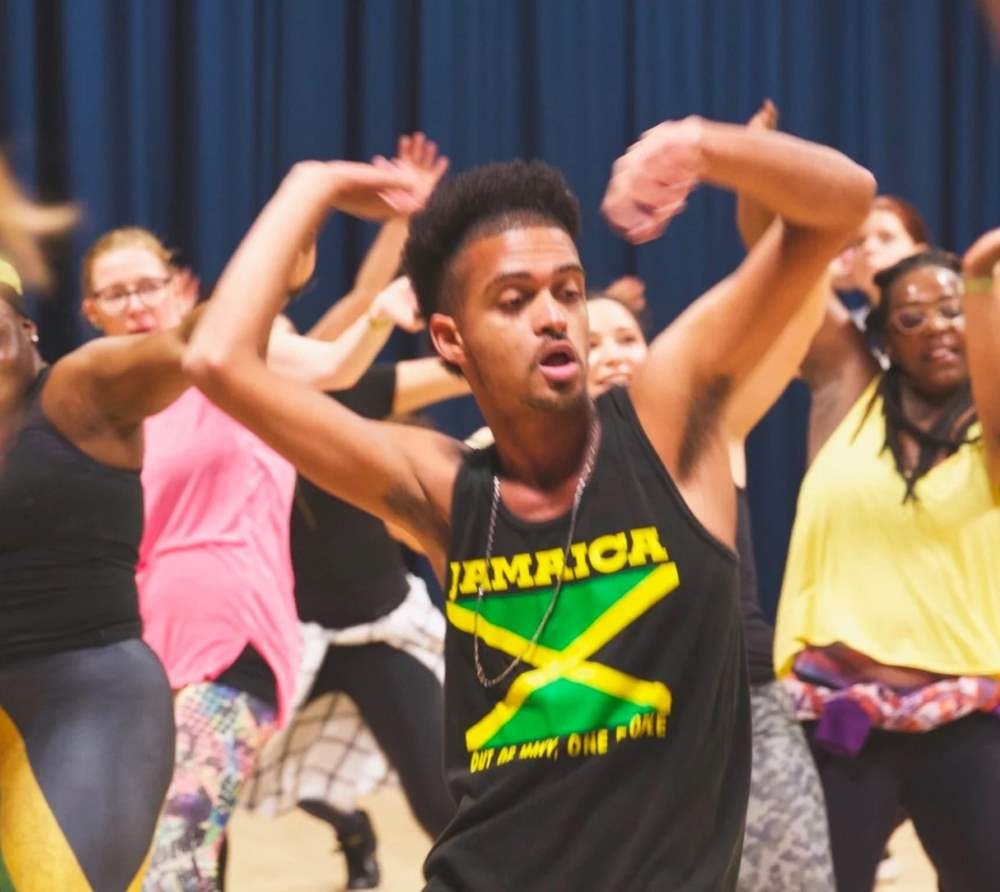
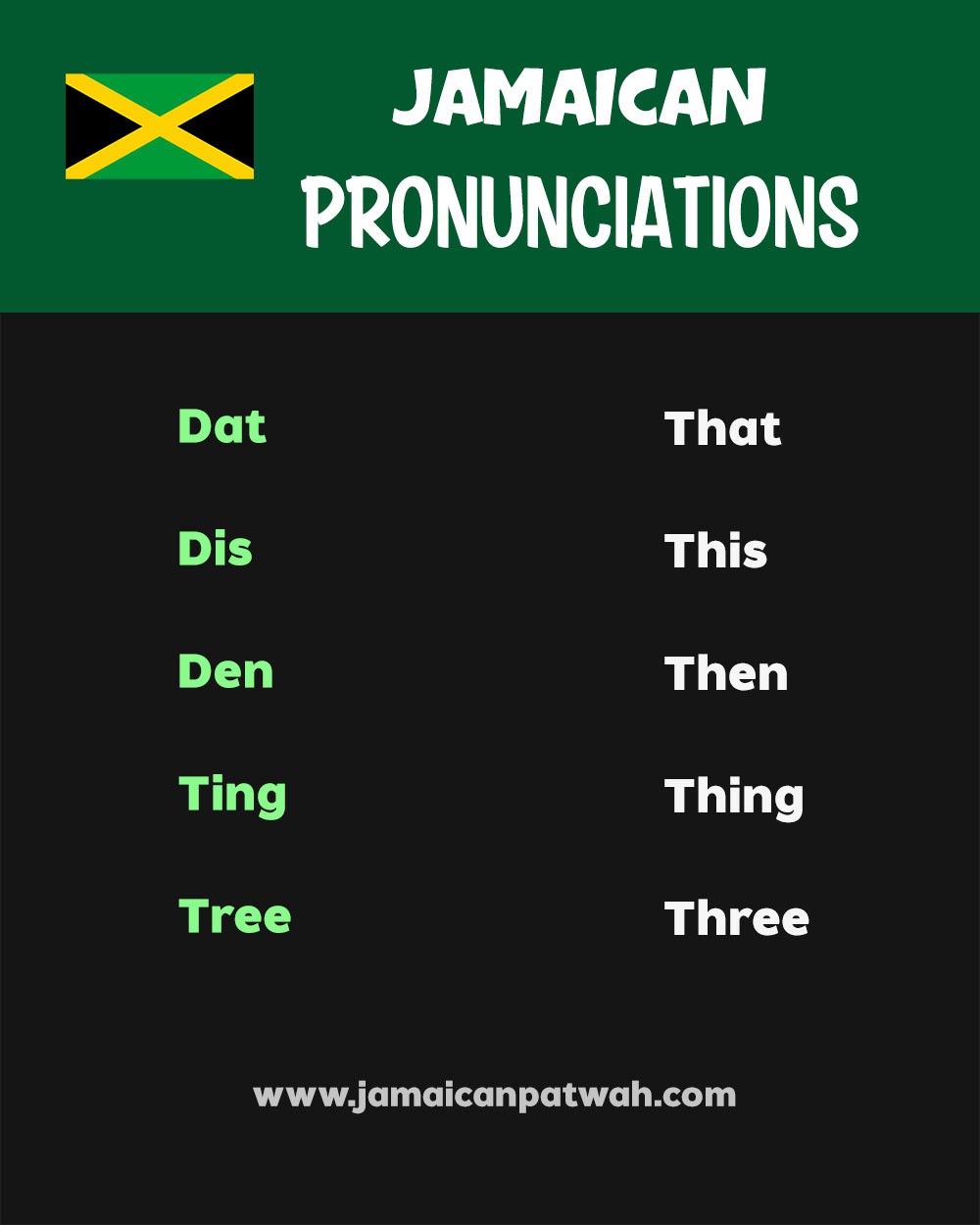
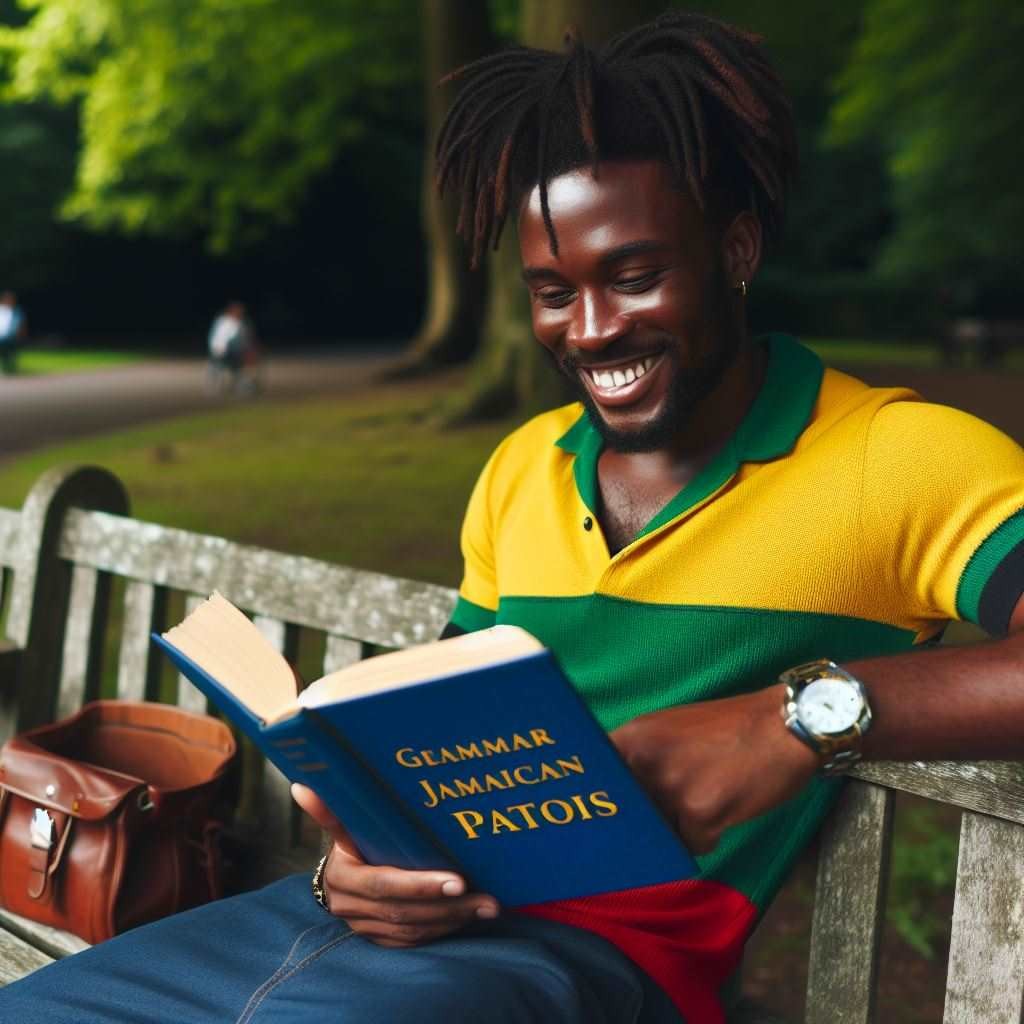
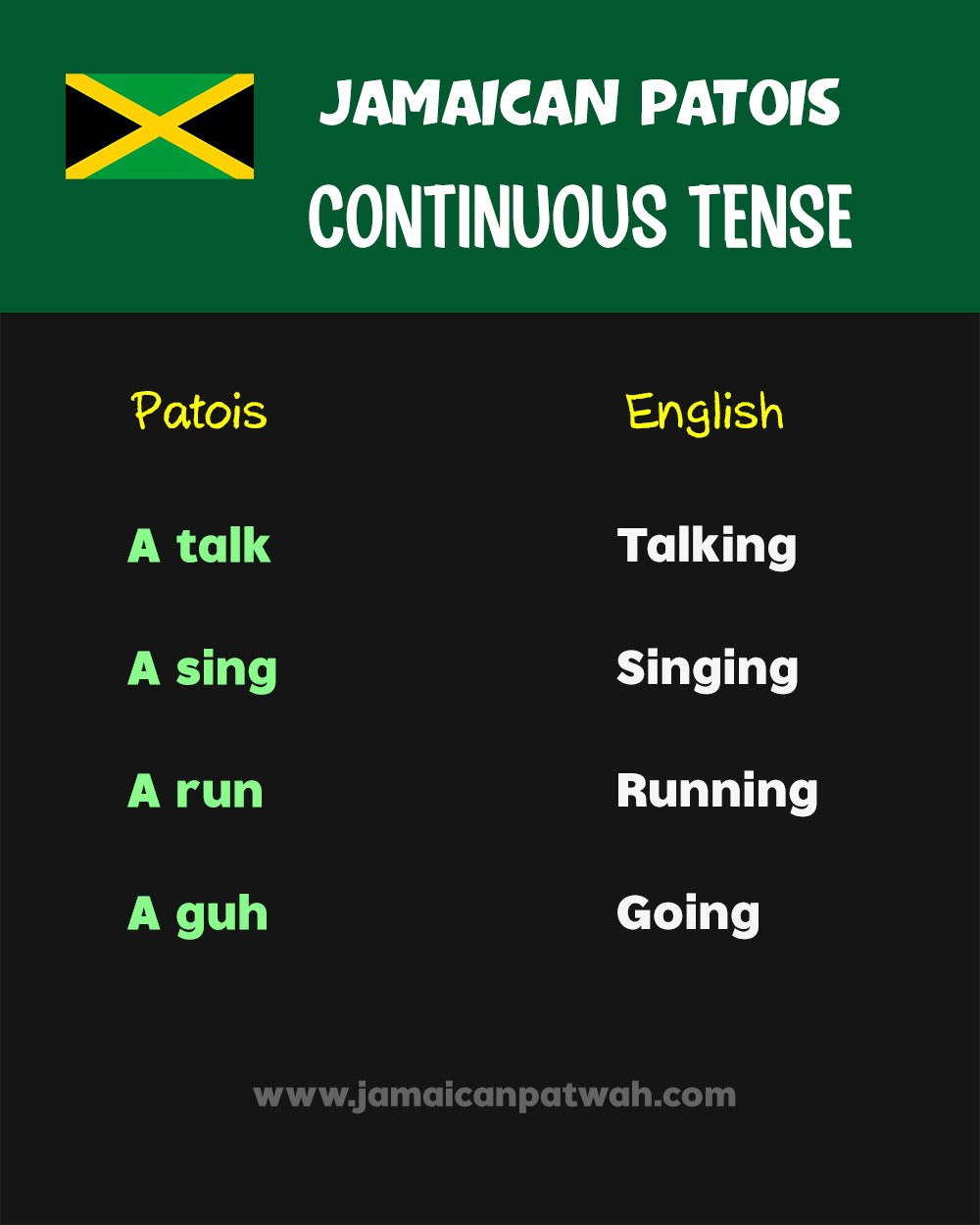
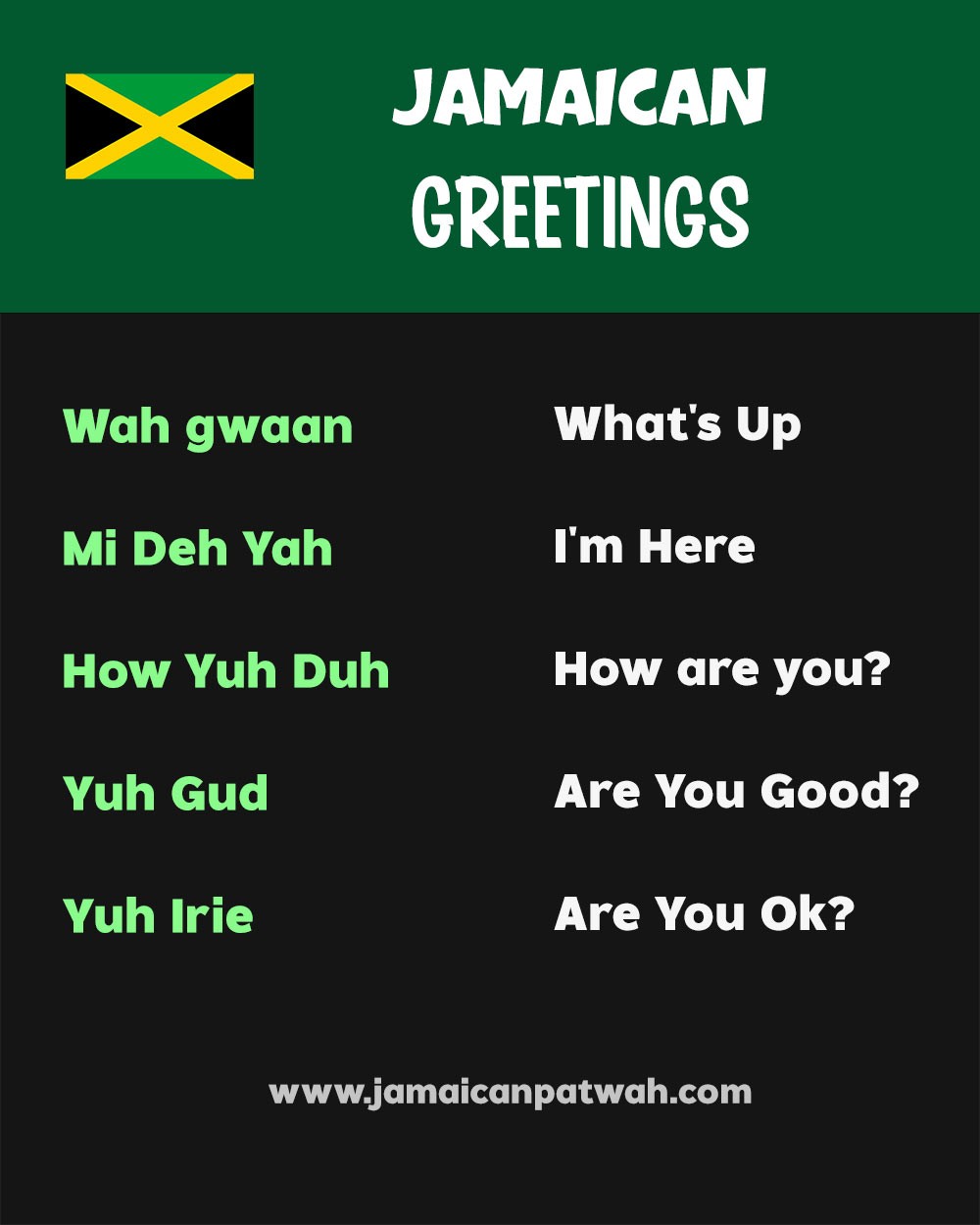

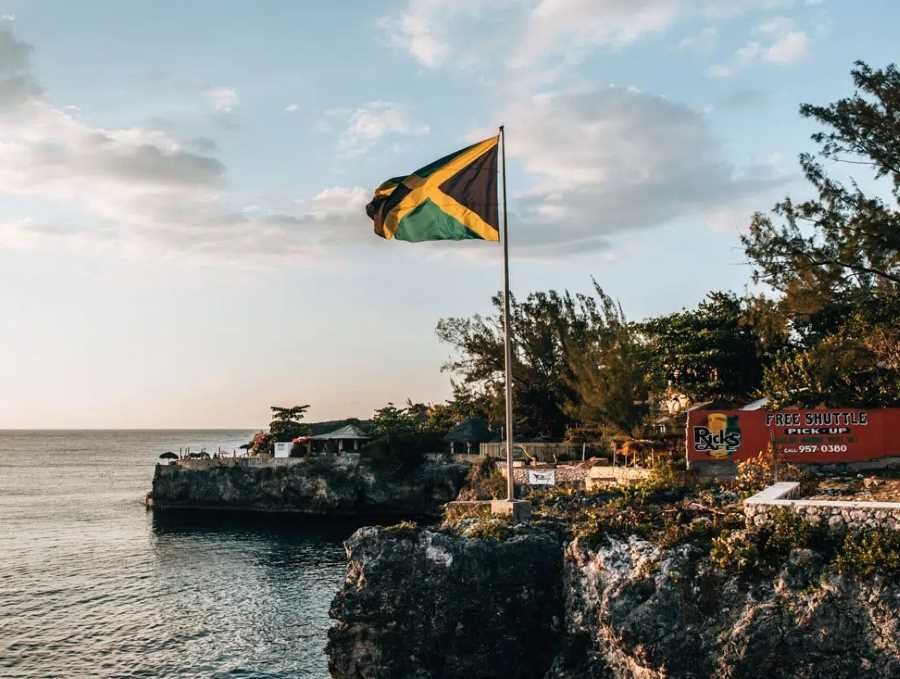
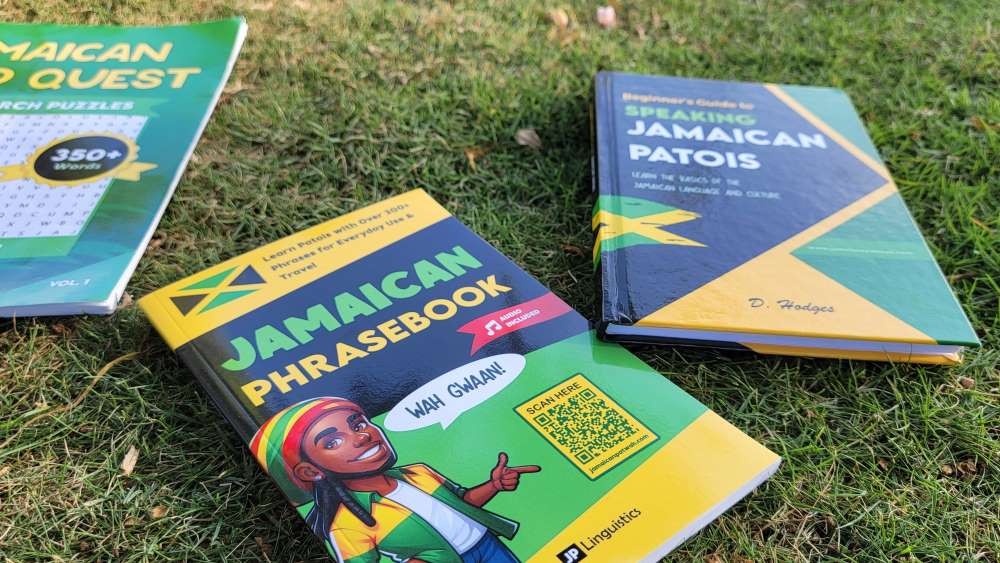
2. Plural Formation – Adding ‘Dem’ and More
Standard English often uses ‘s’ or ‘es’ to denote plurals (e.g., toy-toys, class-classes). Jamaican Patois employs a different approach. Plurality is commonly indicated by appending ‘dem’ to the end of a word or by preceding the word with ’nuff’ or a numeral.
| Jamaican Creole | Standard English |
|---|---|
| Plate dem | Plates |
| Baby dem | Babies |
| Pen dem | Pens |
| Teacha dem | Teachers |
| Book dem | Books |
| Nuff banana | Many bananas |
| Ten bwoy | Ten boys |
Important Note: In Jamaican Patois, the suffixes ‘-s’ or ‘-es’ do not automatically imply plurality, as illustrated in these examples:
| Jamaican Creole | Standard English |
|---|---|
| Waan shoes | A shoe |
| Waan drinks | A drink |
Subscribe to Patwah Academy on Youtube
Enhance your Jamaican Patois learning experience with our engaging video lessons. Subscribe to our YouTube channel for more Jamaican vibes and easy-to-follow tutorials!
3. Pronoun Usage – Gender-Neutral and Versatile
Patois pronouns have unique characteristics:
- Gender neutrality: The pronoun ‘im’ serves as a versatile pronoun, representing both ‘he’ and ‘she’.
- Subject-object equivalence: There is no distinction between subject and object pronoun forms.
| Jamaican Creole | Standard English |
|---|---|
| Female – im frack look gud | Her frock (dress) looks good |
| Male – im fada gaan | His father is gone |
| Subject – mi a guh | I am going |
| Object – come fi mi | Come for me |
Patois personal pronouns differ from Standard English:
| Jamaican Creole | Standard English |
|---|---|
| Person Speaking (first person) | ‘Mi’ or ‘wi’ |
| Person being spoken to (second person) | ‘yu’ or’unu’ |
| Person being spoken about (third person) | ‘im’ or ‘dem’ |
Possession is indicated using ‘fi’ followed by the pronoun, eliminating possessive pronouns like ‘your’, ‘her’, or ‘his’:
| Jamaican Creole | Standard English |
|---|---|
| Fi mi backle | My bottle |
| Fi yu backle | Your bottle |
| Fi dem backle | Their bottle |
Unique Grammatical Features of Patois
4. The Copula ‘a’ – Connecting and Continuous
The copula, a linking verb, is represented by the letter ‘a’ in Patois. It functions both as a particle and to indicate continuous tense.
For example:
| Jamaican Creole | Standard English |
|---|---|
| Im a run | He is running |
| Im a guh fi it | He is going for it |
| Mi a teacha | I am a teacher |
5. Repetition/Reduplication – For Emphasis and Degree
Repetition is skillfully employed in Patois to convey degrees of comparison and emphasis. To illustrate, consider how Patois expresses a child’s growth:
| Jamaican Creole | Standard English |
|---|---|
| Di bwoy big, eeh! | The boy has grown |
| Fi real, im big-big! | For real, he is very big |
| A true! Him get big-big | It is true, he has gotten big |
6. Double Negatives – Perfectly Acceptable
While double negatives are grammatically incorrect in Standard English, they are perfectly acceptable and common in Jamaican Patois.
| Jamaican Creole | Literal Translation | Standard English |
|---|---|---|
| Mi nuh have nun | I don’t have none | I don’t have any |
| Shi don’t have nothing | She doesn’t have nothing | She doesn’t have anything |
| Dem don’t live dere nuh more | They don’t live there no more | They don’t live there any more |
| Mi nah guh.nuh weh | I am not going no where | I am not going anywhere |
| Nobady neva see’m | Nobody never saw him | Nobody saw him |
| Nobady nuh live ova deh | Nobody doesn’t lives over there | Nobody lives over there |
7. Compound Words – Rich in Imagery
Compound words are prevalent in Jamaican Creole, often creating vivid and descriptive terms:
| Jamaican Creole | Literal Translation | Standard English |
|---|---|---|
| Han miggle | Hand middle | The palm (of your hand) |
| Hiez-ole | Ear hole | The ear or the auditory passage |
| Bwoy Pickney | Boy Child | A Young boy |
| Foot battam | Foot bottom | The sole (of your foot) |
| Nose-ole | Nose hole | Nostril |
| Yeye-Wata | Eye Water | Tears |
| Yeye-ball | Eye ball | Eye |
8. Tense – Indicated by Auxiliary Words
Unlike Standard English verbs that conjugate to indicate tense, Patois verbs remain unchanged. Tense is conveyed by introducing an auxiliary word before the verb.
Present Tense:
| Jamaican Creole | Standard English |
|---|---|
| Mi guh | I am going |
| Di ooman a guh a town | The woman is going to town |
| Im a cum | He is coming |
| Mi a cum | I am coming |
Past Tense:
| Jamaican Creole | Standard English |
|---|---|
| Mi did guh | I went |
| Di ooman did guh a town | The woman went to town |
| Im did cum | He came |
| Mi did cum | I came |
Past tense in Jamaican Creole is formed using ‘en’, ‘ben’, or ‘did’, contrasting with Standard English verb conjugations.
Expanding Your Patois Vocabulary
Vocabulary is fundamental to language acquisition, and in Patois, it unlocks vibrant communication. This section introduces essential words and phrases for everyday conversations in Jamaican Patois.
Essential Patois Words and Phrases
Here’s a table pairing common English words with their Patois equivalents to kickstart your vocabulary building:
| English | Jamaican Patois |
|---|---|
| Hello | Wah Gwaan |
| Goodbye | Likkle more |
| Please | Pleez |
| Thank You | Tank You |
| Yes | Yeh/Yah |
| No | Nuh |
| Friend | Fren |
| Water | Wata |
| Love | Luv |
Greetings and Common Patois Expressions
Familiarize yourself with these Patois greetings and expressions to sound more natural when interacting with native speakers:
- Good morning: “Mawnin”
- How are you: “How yuh duh?”
- I’m fine, thank you: “Mi deh yah, tank yuh”
- What’s happening?: “A weh yuh a seh?”
With this foundational vocabulary, you’re well-prepared to engage in basic Patois conversations. Consistent practice is crucial, so actively use these words and phrases to enhance your comfort and fluency.
Context and Culture: When and Where to Use Patois
Language is inextricably linked to culture, and Jamaican Patois reflects the island’s rich social tapestry. This section guides you on the appropriate use of Patois in various social contexts, enabling you to navigate Jamaican social landscapes with cultural sensitivity.
Contextual Patois Usage
Patois is versatile, used in casual chats among friends and in more formal settings. Here’s how to adjust your Patois usage based on the context:
- Casual Settings: Embrace slang and idiomatic expressions freely. For example, “Mi soon come” means “I’ll be right back.”
- Formal Situations: Opt for more standard phrases and minimize slang. Instead of “Wah gwaan,” use “How are you doing?” for a more formal approach.
Social and Cultural Nuances in Patois
Understanding cultural nuances enhances communication effectiveness:
- Respectful Address: Use “Miss” or “Missah (Mister)” followed by the person’s first name as a sign of respect.
- Inclusive Greetings: It’s customary to greet everyone upon entering a room, not just acquaintances.
- Non-Verbal Cues: Body language and tone are vital in Patois communication. A warm tone and a genuine smile are highly valued.
Remember, language transcends words—it embodies cultural respect and understanding.
Avoiding Common Mistakes and Learning Tips
Language learning journeys are often marked by challenges. This section highlights common pitfalls for Patois learners and offers tips for overcoming them.
Common Learning Challenges
Be aware of these frequent errors:
- Slang Overuse: While slang is integral to Patois, excessive or inappropriate use, especially in formal contexts, can cause misunderstandings.
- Literal Translation Pitfalls: Direct word-for-word translations from English to Patois can lead to inaccuracies. Patois idioms and expressions often diverge from English equivalents.
Tips for Patois Mastery
Enhance your Patois learning with these effective tips:
- Consistent Practice: Regular practice is key. Integrate Patois into your daily routine, even through self-talk and repetition.
- Contextual Learning: Focus on understanding words and phrases within conversational contexts to grasp their appropriate usage and nuances.
By acknowledging common mistakes and implementing these learning tips, you will be better prepared to navigate the intricacies of Jamaican Patois. Embrace patience, consistent practice, and the joy of learning this expressive language.
Resources to Further Your Patois Journey
Explore Our Patois Book Series
Our comprehensive book series offers an in-depth exploration of Patois, from basic phrases to complex expressions. Tailored for various learning levels, these books are invaluable resources whether you are a beginner or aiming to refine advanced skills.
The Jamaican Patwah Dictionary Online
Our online dictionary is a rich repository of Patois vocabulary. Regularly updated with new words, phrases, definitions, and usage examples, it’s an essential tool for language learners.
Patois-English Translator Tool
For quick translations between English and Patois, our translator tool is readily available to assist you.
These resources are more than just learning aids; they are gateways to embracing the Patois language and connecting deeply with Jamaican culture. Utilize them to practice, explore, and confidently enjoy speaking Patois.